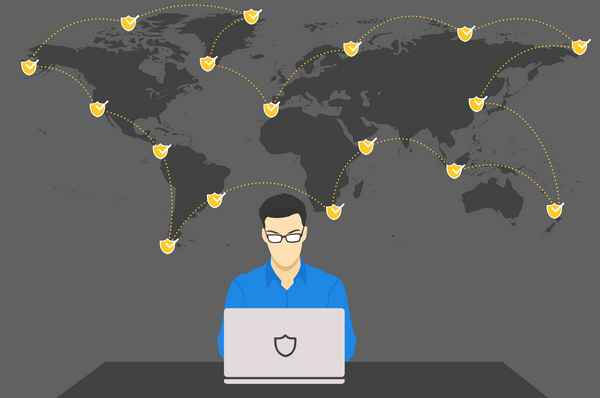Why companies should think about children's rights

Whether creating products and services for kids or adults, thinking of children as potential users from the very beginning of the design process is a good idea. Most products will affect children’s lives at some point, directly if they become users of the products or indirectly if their parents or family life is influenced by the products. An example can be a home assistant that, even though it is bought by parents, immediately becomes part of the family environment. Children often end up using it even more than the adults. All smart devices in a home (watches, light bulbs, washing machines, fridges), follow the same pattern. Parents acquire them to make the family’s life more comfortable, and their ease of use (voice control, remote controls, apps), is appealing to kids, but they could also put their safety at risk.
Digital products require special attention. “One third of the internet users are kids, and there is a difficulty in recognizing who is a child online”, said Irene Leino (Unicef Finland), in the opening of Designing for children Talkoot 2019*.
As pointed out in our previous series of articles, “What parents need to know” about popular apps used by children, age restrictions rarely work. Much younger kids than intended use them, exposing themselves to dangers. Smartphones, tablets and other devices come with new challenges and opportunities for parents and educators. Children’s media use has evolved over time, compelling us to think about how we can use technology to support children’s learning, play, growth.
Where to start
The Designing for Children’s Rights Guide is a good starting point in learning children’s rights, especially in the digital world. The principles of the guide stem from the work of designers, researchers, neuroscientists, psychologists, psychiatrists, educational sciences and experts on children’s rights and other professionals who gathered in Talkoot 2018* organized by the Designing for Children’s Rights Association.
This year, even more people responded to this challenge: how to help companies include these rights and principals in their design and business processes. Thus, 80+ experts from around the globe met again for a three-day workshop on children’s rights at the Designit office in Copenhagen. Based on the principles, they co-created and co-developed a set of tools, methods and frameworks for designers and decision makers.
The tools, which are easy and free to use for any company, whether they have products for kids or not, will be available on the association’s website.
What to expect?
Keeping children’s safety and wellbeing in mind when creating a product is a trend that is worth keeping an eye on.
Ever more companies are starting to think about it. As a response to their clients’ demands or media pressure, they think about the change. There are opportunities and benefits for those who respect them and risks for those who ignore them.
Some companies are already doing it, as part of their DNA – for example Lego and Ikea. They have a lot of experience in including children in the process of product creation, acquired in part by asking children for feedback, organizing play workshops and listening to kids’ suggestions. Their stories will be published as inspiration for others on the association’s website.
Also, Designing for Children’s Rights is planning more local events, talkoots and camps to raise awareness, so it might be a good idea to check their website and sign up if interested.
Integrating children into the creative process may become a new social responsibility soon, and the first step to make the world a better and safer place for our children.
*Talkoot is a Finnish expression for a gathering of friends and neighbors to accomplish a task. […] The mission of the talkoot may be something that is a common concern for the good of the group or it may be to help someone with a task that exceeds his or her own capacity.” (Wikipedia)
Image credits: Designing for Children’s Rights.
tags
Author
Cristina is a freelance writer and a mother of two living in Denmark. Her 15 years experience in communication includes developing content for tv, online, mobile apps, and a chatbot.
View all postsRight now Top posts
How to Protect Your WhatsApp from Hackers and Scammers – 8 Key Settings and Best Practices
April 03, 2025
Outpacing Cyberthreats: Bitdefender Together with Scuderia Ferrari HP in 2025
March 12, 2025
Streamjacking Scams On YouTube Leverage CS2 Pro Player Championships to Defraud Gamers
February 20, 2025
How to Identify and Protect Yourself from Gaming Laptop Scams
February 11, 2025
FOLLOW US ON SOCIAL MEDIA
You might also like
Bookmarks







